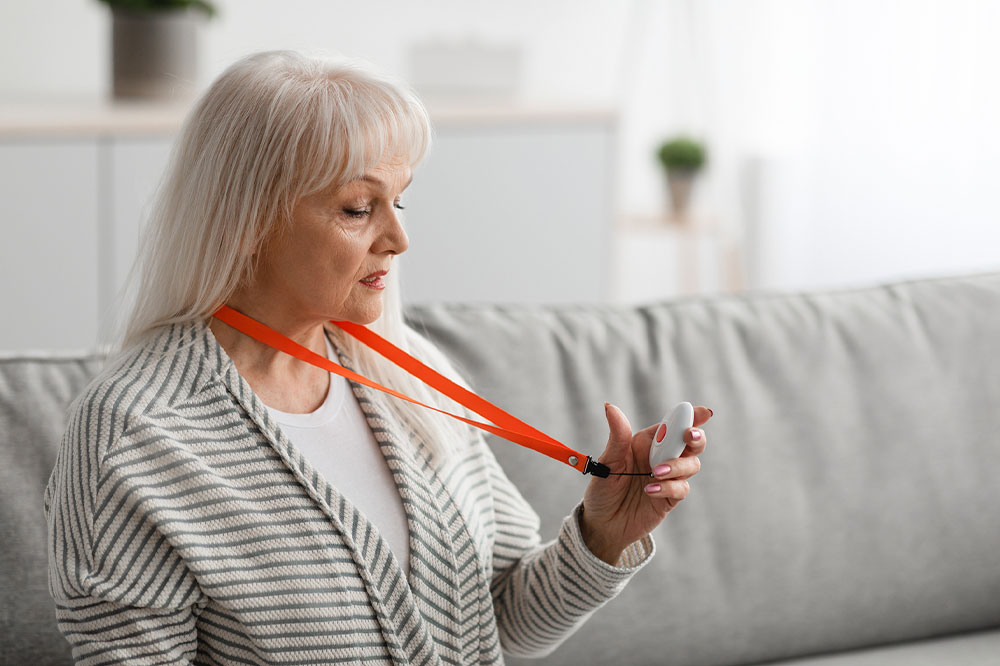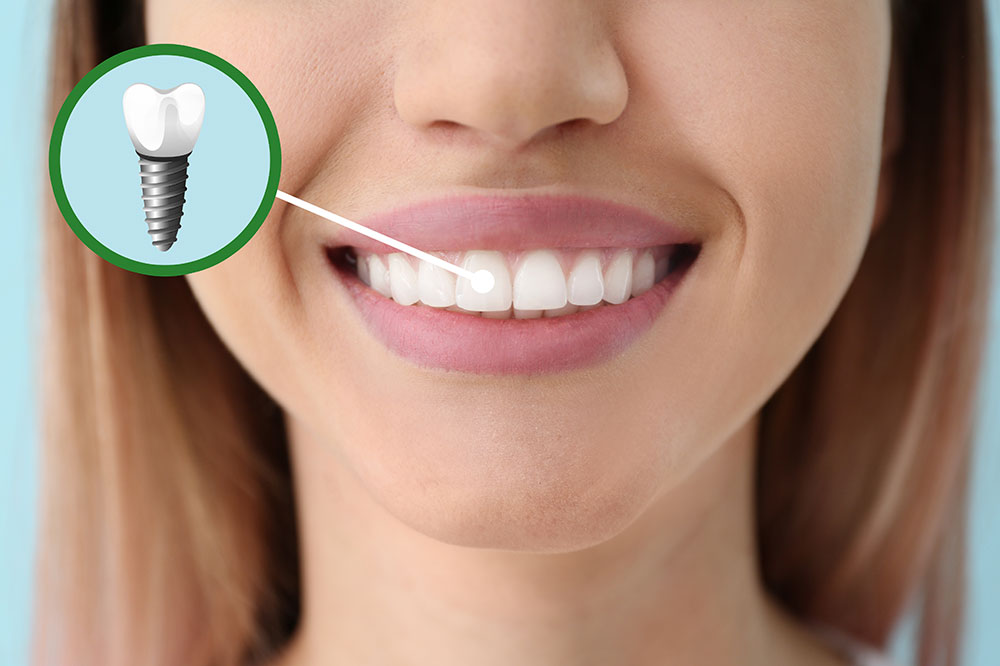Invisible Braces – Benefits, Costs, and Top Brands

Braces are the go-to option most people choose for straightening teeth and jaws. This treatment provides aesthetic benefits, helps improve oral health, and relieves pressure from the joints. Traditionally, the base material used to be metal, but the latest developments in dental technology have given us a new option. This article gives you in-depth details about what makes invisible braces so popular, how much these products cost, and the best brands.
What are invisible braces?
Invisible braces, commonly known as clear aligners, are transparent dental trays that are used to correct your bite. These trays are usually worn for 20 to 22 hours a day. As the teeth shift, you have to make a new invisible tray every one or two weeks. Invisible braces are quite similar to retainers, but the former is used the slowly align your teeth while the latter keeps your teeth in place.
Benefits
The biggest benefit of invisible braces that’s quite evident at first sight is the fact that they are transparent. Factors like the lack of wires, bands, and brackets make these braces suitable for people of all ages, especially adults. Unlike the metal and ceramic counterparts, these braces can be removed at any time, which makes them easy to clean as well. Other factors of convenience that make a big difference include how invisible braces can be used at home and how much they cost.
Cost of getting invisible braces
Many individuals who need mild to moderate correcting in their teeth alignment choose invisible braces. But these products can be a bit expensive compared to the traditional metal types. Your choice of brand, the amount of treatment required, and the distance between your home and a reputed clinic will determine the cost of getting invisible braces.
Top brands
Here are the top brands that offer clear aligners and treatment at great and prices:
Invisalign®
As far as teeth aligners are concerned, the most recognized name is Invisalign. This brand is a great solution for mild and moderate cases of misalignment, as well as a few severe ones. Note that you’ll have to pay a visit to the orthodontist for the treatment. The entire process is monitored by a licensed professional. A consultation with your dentist will help you decide whether Invisalign is the right choice for you. Typically, the invisible braces made by this brand can cost you anywhere between $3000 and $8000. Check whether your dental insurance plan covers these braces.
Byte®
Byte is another popular name in the invisible braces market, offering multiple cost-effective options. You can choose from two Aligner Systems: All-Day and At-Night. The All-Day Aligner System costs around $80 a month for 32 months, or you make an outright payment of around $1,900. As for the at-night aligner system, the invisible braces cost around $100 a month for 32 months or a one-time payment of around $2300. If you choose to make monthly payments, the benefit of a Byte Protection Plan™ comes with it. This plan includes a supply of retainers for five years as well as coverage for lost aligners. You’ll also need to pay around $95 for the impression kit. Note that Byte only provides invisible braces for mild misalignments. So, if your teeth are not suitable for this brand’s invisible aligners, you’ll get a refund on the impression kit purchase. Each patient also receives a HyperByte device, which is known to speed up the process for a few patients.
SmileDirectClub
SmileDirectClub is known for offering competitive prices on invisible braces. There have two main payment options: SmilePay™ and Single Pay. The SmilePay™ plan lets you make a deposit of $250 and pay monthly installments of $89 for 24 months. With Single Pay, you’ll be charged a one-time amount of around $2050. Another payment of around $60 needs to be made for the impression kit. But if you want to save on that purchase, simply go to the local SmileShop and get a free 3D scan. Treatment for day-time aligners can usually last between four and six months. If you’re opting for the night-time aligners, it may take 10 months. Apart from invisible braces, SmileDirectClub also offers aftercare retainers that will cost you around $100.
Candid
If you’re not comfortable with an in-office treatment and would like to get it done at home, check out Candid. This manufacturer requires you to make a visit to its shop only once before you start treatment. During this visit, the licensed professional will scan your teeth. After this process, scan your teeth at home once every two weeks. A special device will be provided to carry out this scan at home and keep your treatment in check. This treatment includes monitoring by an orthodontist and whitening foam to keep your teeth pearly white. Candid’s invisible braces cost around $1900 if you’d like to pay the entire amount in one go. You can also opt for custom financing plans that start at around $65 for 36 months. Typically, patients complete their treatment between four months and a year.
A quick online search will show you that there are several other brands that offer invisible braces at cost-effective prices, such as NewSmile and AlignerCo. Note that while such products do have many advantages, they are not suitable for all cases of teeth misalignment. Not to mention, they are very easy to misplace, thanks to their transparent nature. Do get in touch with your dentist or orthodontists to know if you can use invisible aligners.






